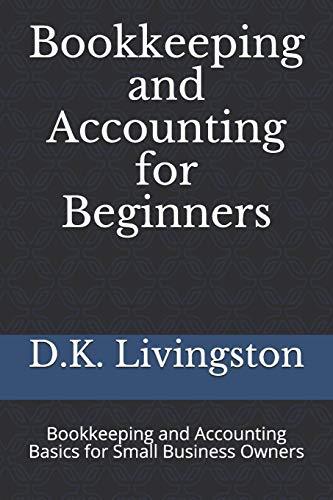
Toefield Inc. has developed a powerful efficient snow remover that is significantly less polluting than existing snow removers currently on the market. The company spent $2,000,000 developing this product and the marketing department spent another $300,000 to assess the market demand. It would cost $20 million at Year 0 to buy the equipment necessary to manufacture the efficient snow blower. The project would require net working capital at the beginning of each year equal to 20% of sales (NOWCO = 20%(Sales1), NOWC1 = 20%(Sales2), etc.). The efficient snow blowers would sell for $3,000 per unit, and Toefield believes that variable costs would amount to $790 per unit. The company expects that the sales price and variable costs would increase at the inflation rate of 2% after year 1. The company's non-variable costs would be $800,000 in Year 1 and are expected to increase with inflation. The efficient snow blower project would have a life of 4 years. If the project is undertaken, it must be continued for the entire 4 years. Also, the project's returns are expected to be highly correlated with returns on the firm's other assets. The firm believes it could sell 5,000 units per year. The equipment would be depreciated using a CCA rate of 30%. The estimated market value of the equipment at the end of the project's 4-year life is $500,000. Toefield has other assets in this asset class. Toefield Inc.'s federal-plus-provincial tax rate is 30%. Its cost of capital is 9% for average risk projects. Low-risk projects are evaluated with a WACC of 6%, and high-risk projects at 12%. a. Develop a spreadsheet model and use it to find the project's NPV, IRR, and payback. Part 1. Input Data (in thousands of dollars except for unit amount) Key Output: NPV = IRR = MIRR = 2,000 20% 2,370 Equipment cost Net Operating WC/sales Yearly sales in units) Sales price per unit Variable cost per unit Non-variable costs Market value of equipment at Year 4 Tax rate WACC Inflation CCA rate $500 30% 6% 2.0% 30.0% $0.79 $800 CCA End UCC Part 2. CCA Schedule Years Beg. UCC year 1 year 2 year 3 year 4 Toefield Inc. has developed a powerful efficient snow remover that is significantly less polluting than existing snow removers currently on the market. The company spent $2,000,000 developing this product and the marketing department spent another $300,000 to assess the market demand. It would cost $20 million at Year 0 to buy the equipment necessary to manufacture the efficient snow blower. The project would require net working capital at the beginning of each year equal to 20% of sales (NOWCO = 20%(Sales1), NOWC1 = 20%(Sales2), etc.). The efficient snow blowers would sell for $3,000 per unit, and Toefield believes that variable costs would amount to $790 per unit. The company expects that the sales price and variable costs would increase at the inflation rate of 2% after year 1. The company's non-variable costs would be $800,000 in Year 1 and are expected to increase with inflation. The efficient snow blower project would have a life of 4 years. If the project is undertaken, it must be continued for the entire 4 years. Also, the project's returns are expected to be highly correlated with returns on the firm's other assets. The firm believes it could sell 5,000 units per year. The equipment would be depreciated using a CCA rate of 30%. The estimated market value of the equipment at the end of the project's 4-year life is $500,000. Toefield has other assets in this asset class. Toefield Inc.'s federal-plus-provincial tax rate is 30%. Its cost of capital is 9% for average risk projects. Low-risk projects are evaluated with a WACC of 6%, and high-risk projects at 12%. a. Develop a spreadsheet model and use it to find the project's NPV, IRR, and payback. Part 1. Input Data (in thousands of dollars except for unit amount) Key Output: NPV = IRR = MIRR = 2,000 20% 2,370 Equipment cost Net Operating WC/sales Yearly sales in units) Sales price per unit Variable cost per unit Non-variable costs Market value of equipment at Year 4 Tax rate WACC Inflation CCA rate $500 30% 6% 2.0% 30.0% $0.79 $800 CCA End UCC Part 2. CCA Schedule Years Beg. UCC year 1 year 2 year 3 year 4







